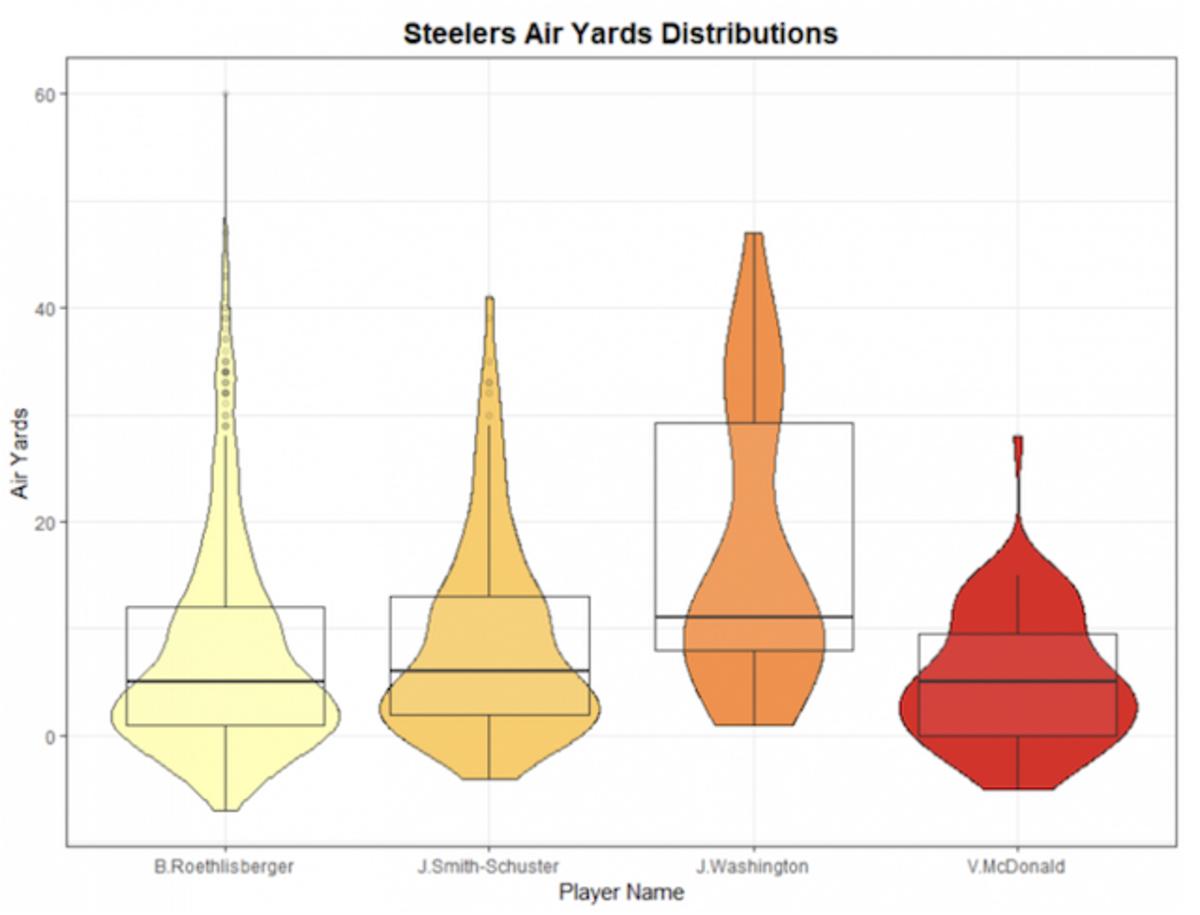Vance McDonald: Your Typical 7th-Year Breakout Tight End

In 2018, Vance McDonald set career highs in targets, receptions and yards. McDonald, who was only in his second year with the Steelers, wrested the receiving tight end role from Jesse James. James is gone now, and so is a particular receiver who happened to command a massive target share. McDonald, entering his seventh season, isn’t your typical late-bloomer, but that’s the trajectory he’s on heading into this season. Everything is set up for him to be top-10 fantasy tight end for the first time in his career.
Antonio Brown accounted for 168 targets from in 2018. That doesn’t necessarily mean there are 168 targets up for grabs this season. Ben Roethlisberger had a career-high 675 pass attempts in 2018, and it is unlikely he reaches that mark again. However, in each of the previous three years, Roethlisberger has eclipsed 500 pass attempts. Even if Roethlisberger doesn’t approach his career high in attempts, he’s going to throw the ball more than enough. No player with a meaningful role in Pittsburgh’s passing game will be wanting for targets, McDonald included.
It’s hard to project what Pittsburgh’s passing game will look like without one of the players who defined it over the better part of the previous decade, but we do have a few hints from last year. Roethlisberger ranked 21st in the league in air yards per attempt and 11th in percentage of passes that traveled fewer than 15 yards in the air. He also favored throwing it over the middle, ranking third in the NFL in percentage of passes that were thrown between the numbers. Those tendencies match up well with McDonald’s strengths.

McDonald averaged just shy of five air yards per target in 2018, ranking 38th among 40 tight ends with at least 30 targets, but he still managed to gain 8.7 yards per target. On short passes, McDonald had a target share of 13%, behind JuJu Smith-Schuster at 24% and Brown at 21%. On these catches, McDonald averaged 7.6 yards after the catch, which was better than both Brown and Smith-Schuster. On passes over the middle, meanwhile, McDonald again had a target share of 13%,and gained 8.1 yards per target, which was, again, better than the marks of his star teammates.
Increasing the scope, McDonald led all tight ends in expected points added, or EPA, per target. This is a useful metric because it takes into account game situation, estimating how many points a player adds for each play in which they are involved. In other words, when McDonald was given an opportunity to contribute, he came through at a rate commensurate with Travis Kelce, George Kittle and Zach Ertz, the best players at the position.
It’s hard to overstate how meaningful it is to lead your position in EPA per target. The top-two receivers in the stat were Michael Thomas and Davante Adams. McDonald’s total EPA will likely decrease as he gets more targets, but the mere fact that he led the position on a meaningful number of targets suggests that he can, and should, be a major player in Pittsburgh’s offense this year.
Below is the distribution of Steelers air yards last year. Pay close attention to holdovers McDonald, Smith-Schuster and Washington.

Smith-Schuster mirrored Roethlisberger’s overall distribution, which makes sense since he had 166 targets. James Washington was clearly the deep threat, and should be back in that role, with additional targets all over the field, this year. McDonald thrived inside 10 yards, and could be Roethlisberger’s primary short and intermediate pass-catcher this year. If that’s the case, he’s in for a monster campaign. McDonald is currently the TE9 in 4for4’s half-point PPR rankings and has an ADP outside the top 100. If anyone at this position can be this year’s Kittle, it’s McDonald.
